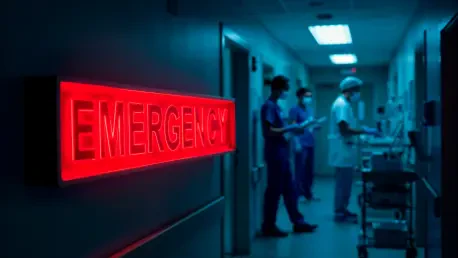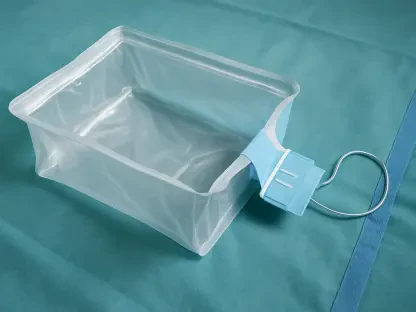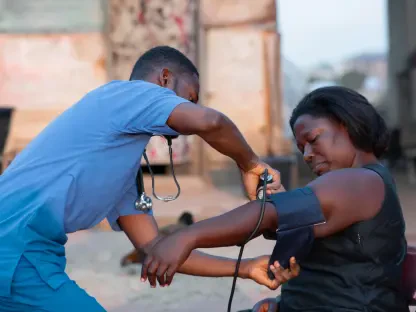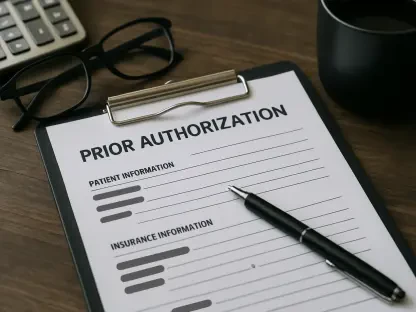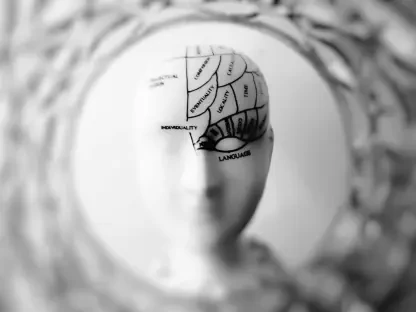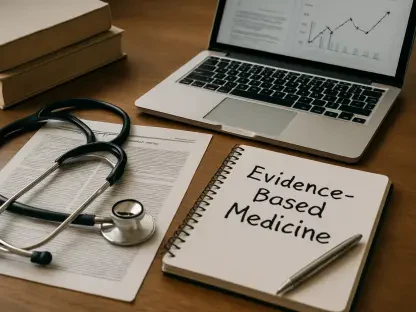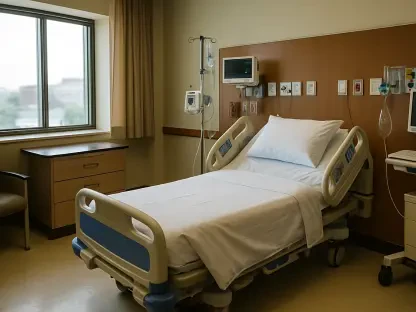Imagine a bustling hospital where every minute counts, and medical staff are racing to attend to life-threatening cases, yet many individuals arrive with conditions that could be managed elsewhere, leading to longer wait times for everyone. Emergency Departments (EDs) are critical for urgent care, but they are often overwhelmed by high volumes of patients, some of whom may not require immediate attention. Reports from health authorities highlight that places like Cork University Hospital are experiencing significant overcrowding, prompting a need for public awareness about when to seek ED care. The strain on these facilities can delay treatment for those in dire need, while alternative care options remain underutilized. Understanding the right path for medical treatment can save time and ensure that resources are allocated to the most critical cases. This discussion aims to clarify when an ED visit is necessary and explore other avenues for non-urgent health concerns, ensuring better outcomes for all.
1. Assessing the Urgency of Medical Conditions
Determining whether a health issue warrants a trip to the Emergency Department is a vital first step in managing care effectively. EDs are designed to handle severe, life-threatening situations such as chest pain, severe bleeding, or loss of consciousness, where immediate intervention is crucial. However, many individuals visit these facilities for less urgent matters like minor cuts, colds, or chronic pain, which can often be addressed by other healthcare providers. Health officials note that patients in EDs are triaged based on clinical priority, meaning those with non-emergency conditions may face extended wait times. For instance, a sprained ankle or a mild fever might be better suited for a local injury unit or a general practitioner (GP). Recognizing the severity of a condition can prevent unnecessary strain on hospital resources and ensure quicker attention for those in critical need. Exploring alternative care options not only eases the burden on EDs but also provides more tailored and timely support for less severe issues.
2. Exploring Alternative Healthcare Pathways
When a medical situation does not require emergency attention, several accessible alternatives can provide effective care without the long waits often experienced in an ED. Options include self-care for minor ailments like colds, where a well-equipped medicine cabinet can offer relief. Pharmacists are also invaluable for advice on common illnesses and over-the-counter remedies. Scheduling a visit with a GP is advisable for ongoing or worsening symptoms, as they can provide personalized care and even access telehealth services for urgent consultations with specialists. Local injury units are ideal for treating minor injuries such as fractures or burns, while out-of-hours GP services offer support when regular clinics are closed. Only in true emergencies should one resort to dialing emergency numbers or visiting an ED. Reflecting on past efforts, health authorities have consistently urged the public to consider these alternatives, ensuring that EDs can focus on critical cases. Moving forward, adopting these pathways can significantly improve healthcare access and efficiency for everyone involved.
